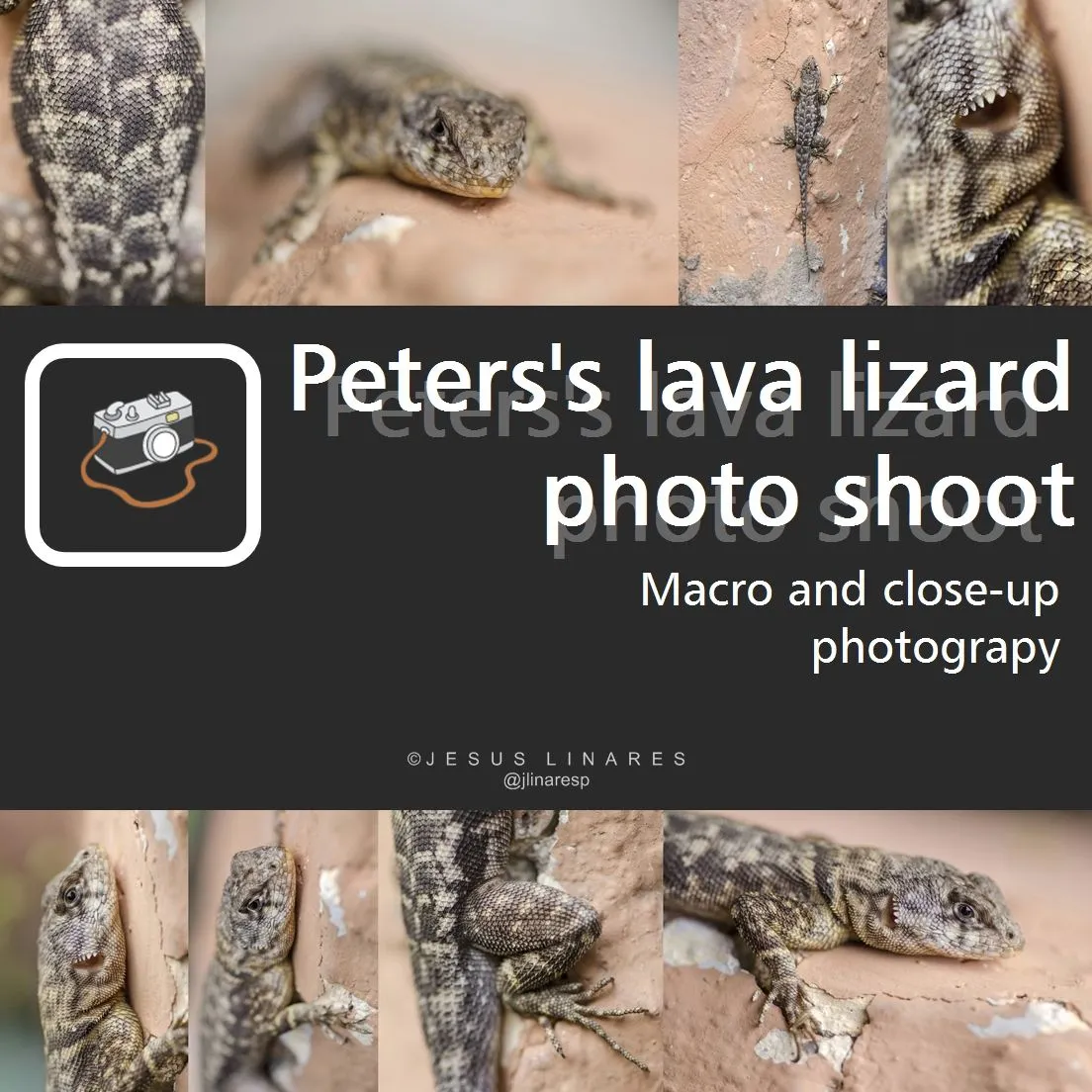
Hello dear photography lovers #Hive friends... Last Wednesday I was watering my wife's plants first thing in the morning, that was a little before 7:00 AM...
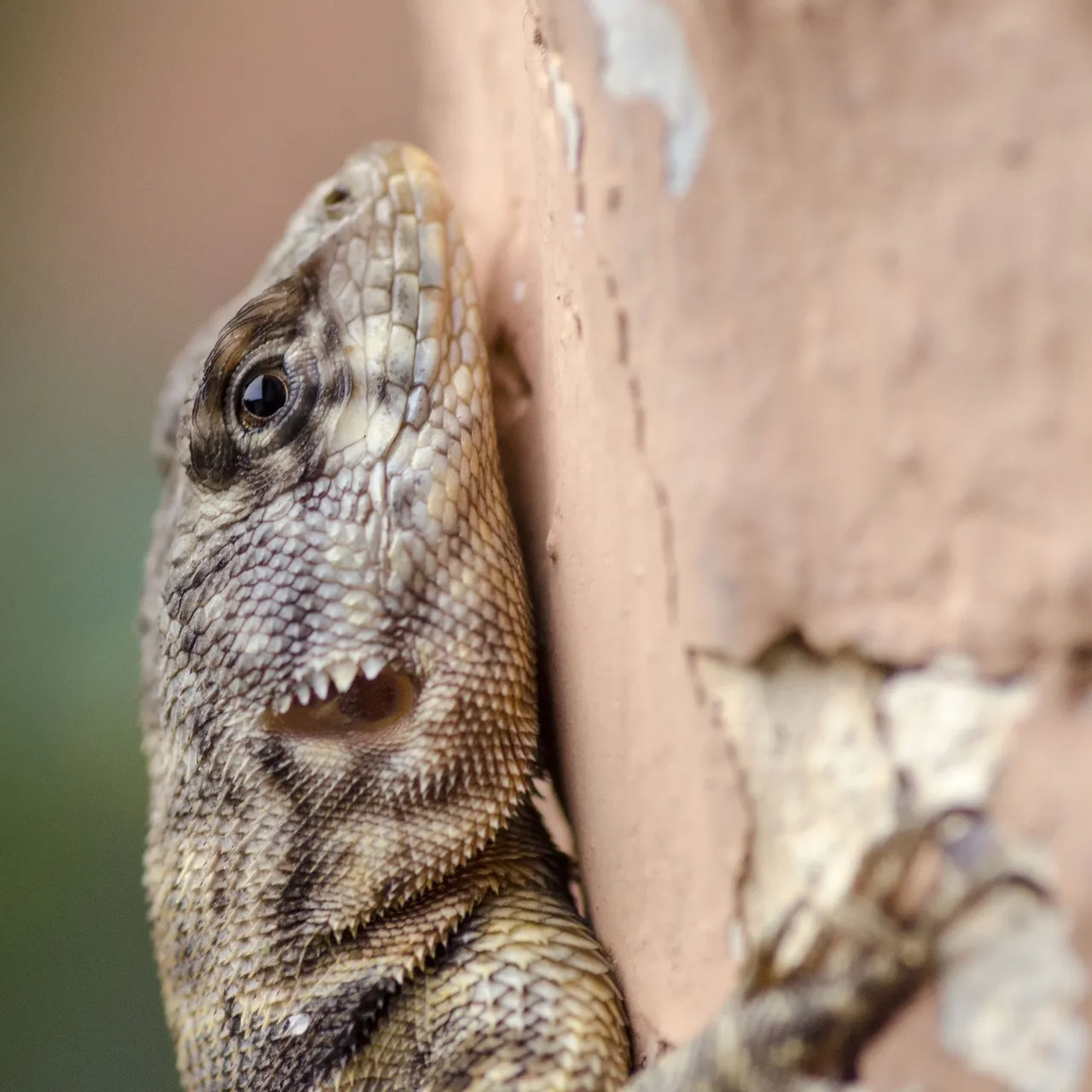
100 mm | 1/250s | f/4 | ISO 640
And then, while I was watering, I noticed this cute little lizard, about 25 centimetres long, attached to one of the old walls of our garage...
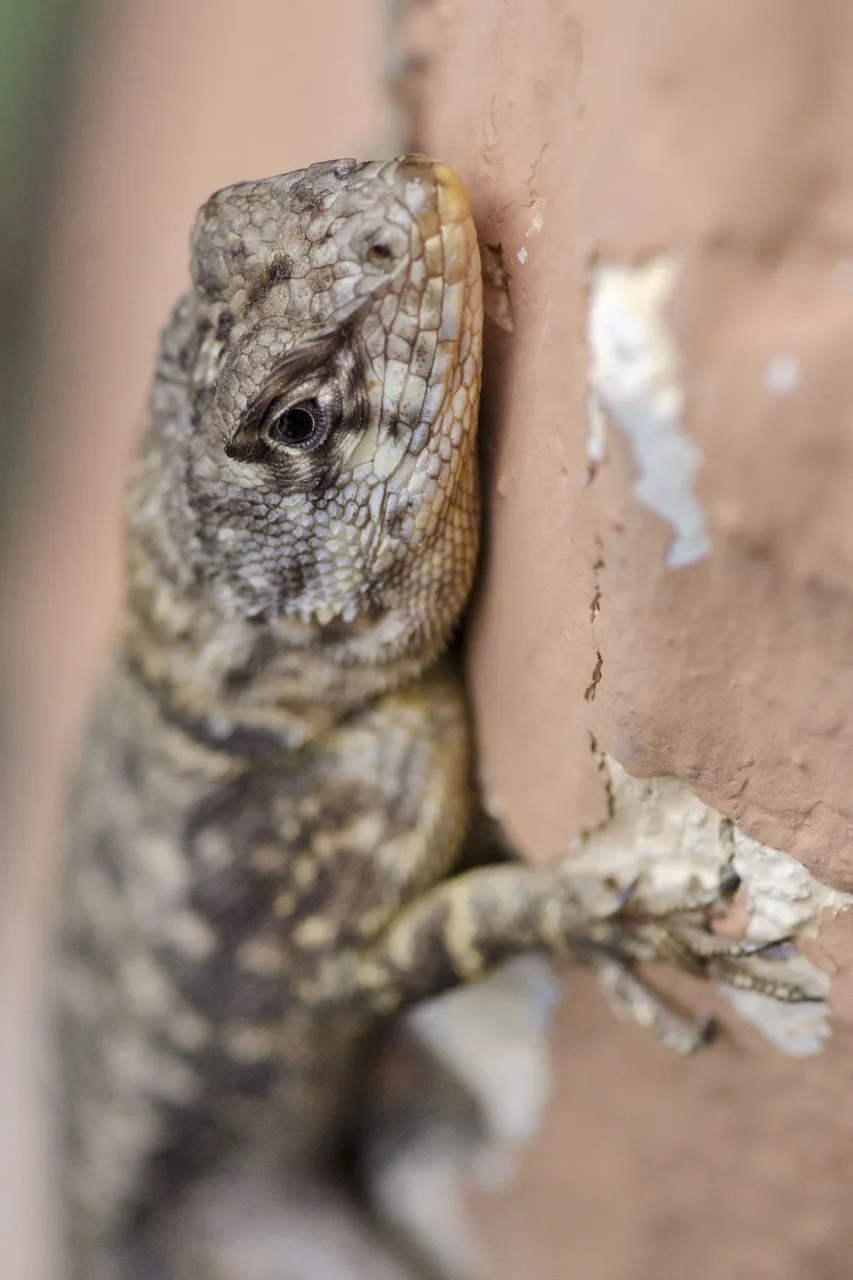
100 mm | 1/250s | f/7.1 | ISO 1000
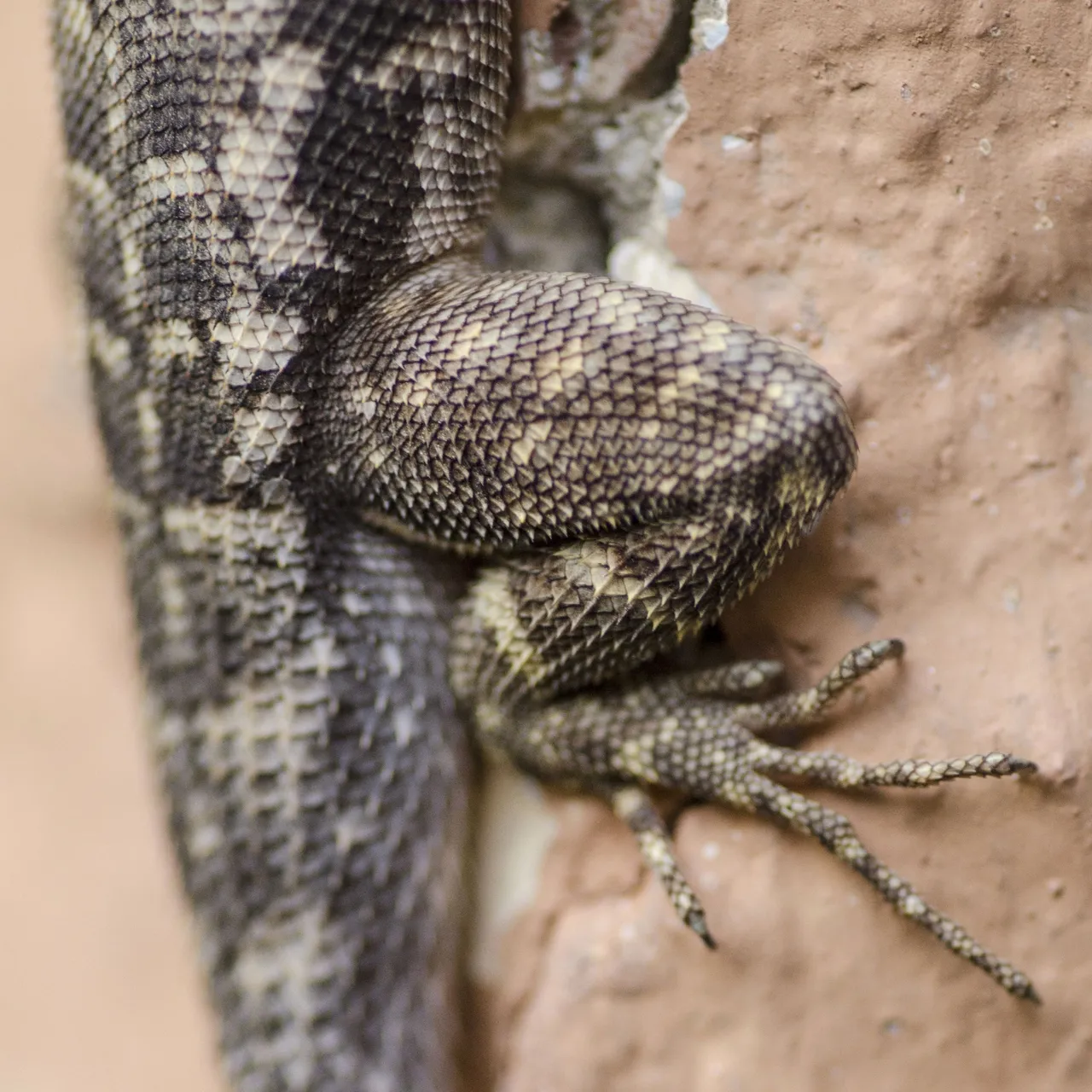
100 mm | 1/250s | f/4 | ISO 640
I was pleasantly surprised to see this reptile there, because in the 52 years that I have lived in my town (since I was born) I had never seen this species in the urban centre of the village. I have always observed them in the foothills of the nearby mountains, above 700 m.a.s.l. and in areas of sparse vegetation and rocky terrain. There the sun warms the rocks and everything around, so this is an ideal environment for the life and reproduction of these lizards. But their presence in the village can only indicate one thing: "Climate change is affecting our region more than we think".
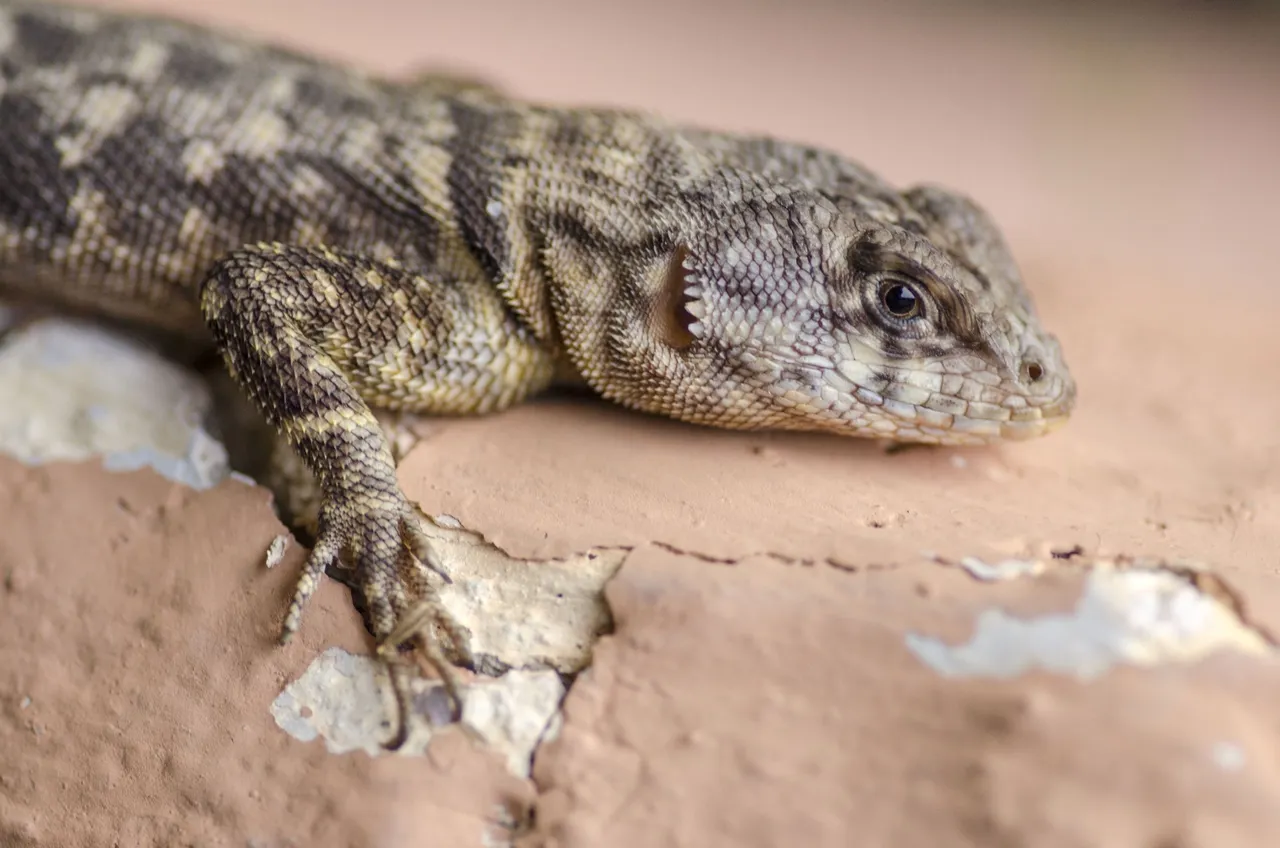
100 mm | 1/160s | f/4 | ISO 400
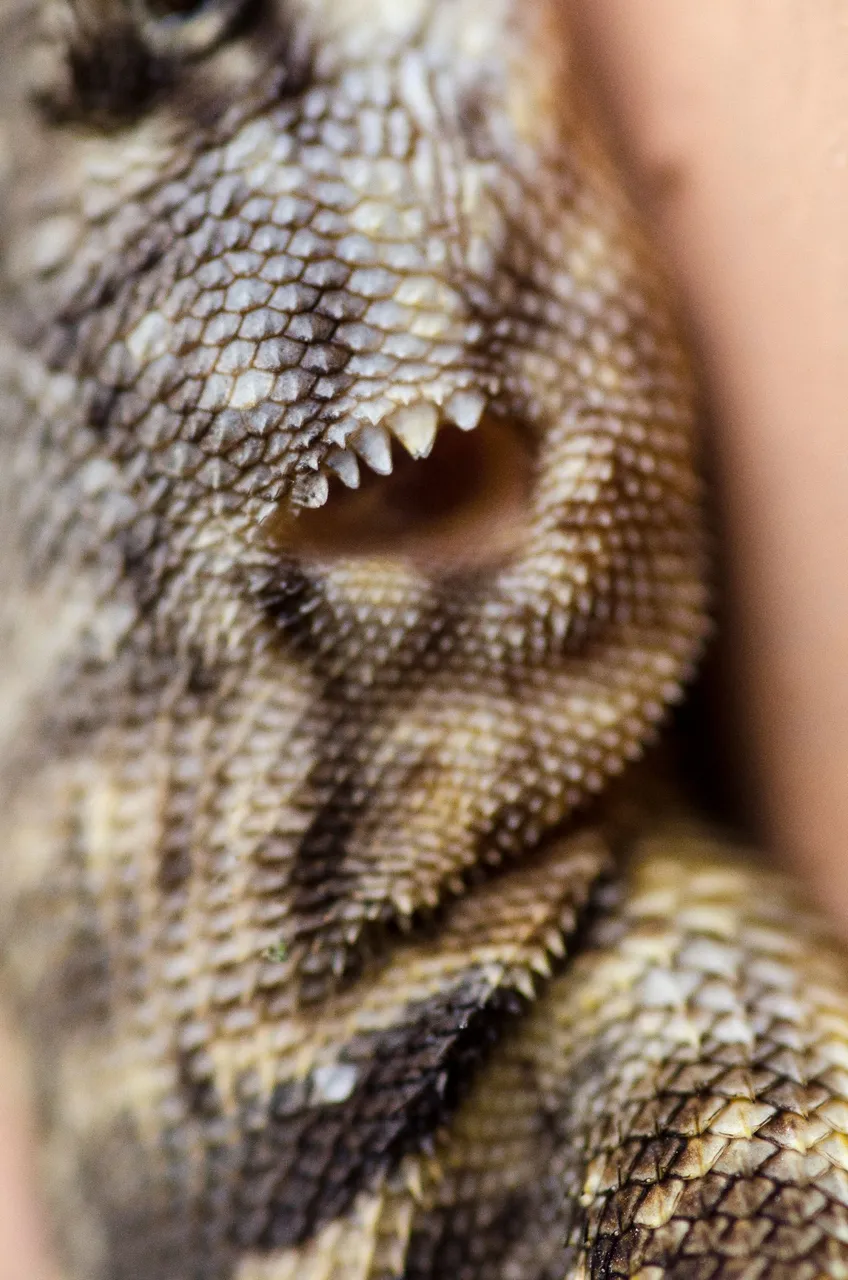
100 mm | 1/250s | f/4 | ISO 640
So I wanted to take the opportunity to take pictures of this reptile and immediately stopped watering the plants and went inside our house in search of my camera. At first I thought about using a 50 mm fixed lens to take the pictures, but I thought that due to the time of day this reptile was a bit "sleepy" because of the cool temperature and limited sunlight, so maybe this was a unique opportunity to take macro shots of this animal...
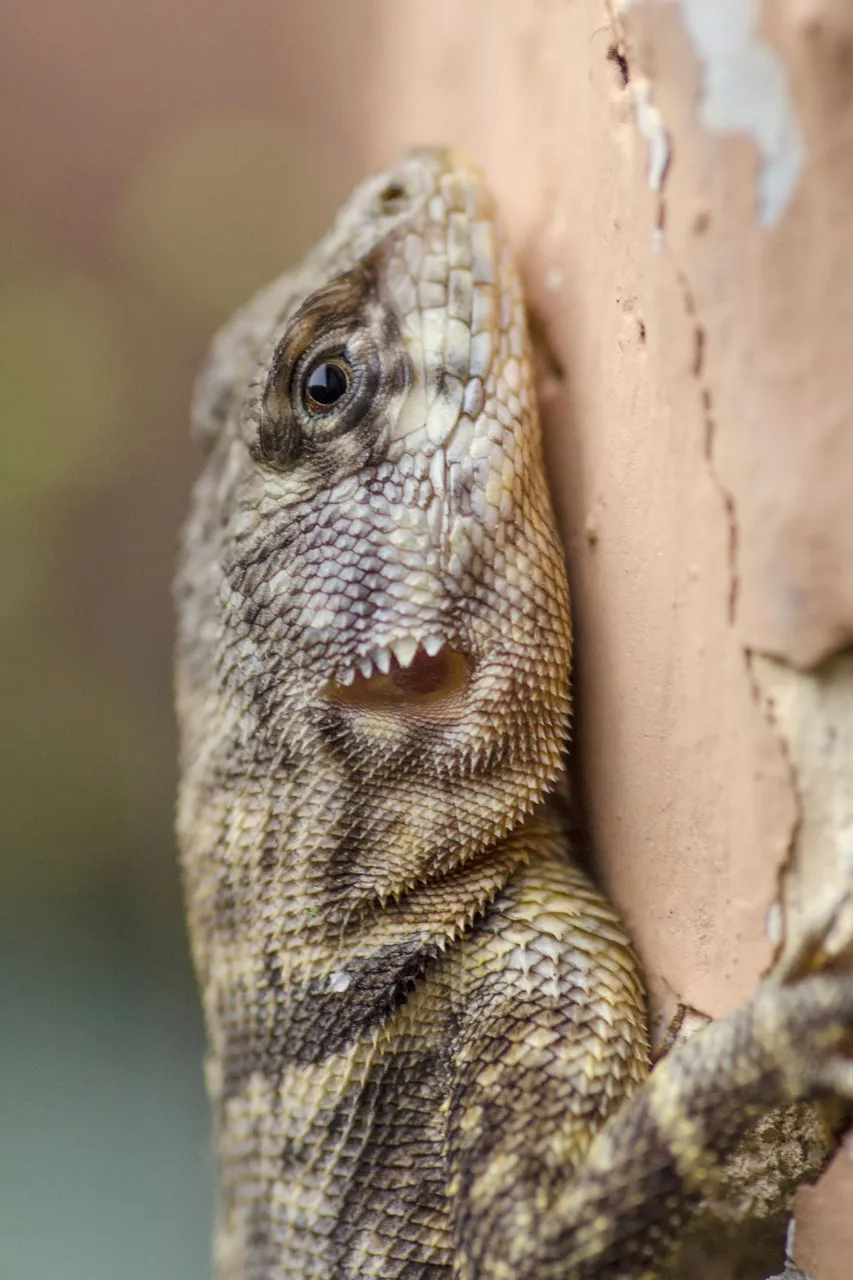
100 mm | 1/160s | f/5 | ISO 640
So I opted to use my 100 mm macro lens and managed to capture close details no matter how much I had to deal with the available light factor.

100 mm | 1/200s | f/4.5 | ISO 640
The common name for this species is "Peters's lava lizard" which is curious, because (at least as far as I know) we don't have volcanoes here, let alone lava anywhere. The scientific name is Tropidurus hispidus and it seems to me that this specimen is a male, as it is quite big and its colouring is more contrasting. Both serve as a distraction for predators, which tend to ignore the smaller and less conspicuous females. So predators tend to go after the male specimens, which is good for the species, but definitely bad news for the males! 😂
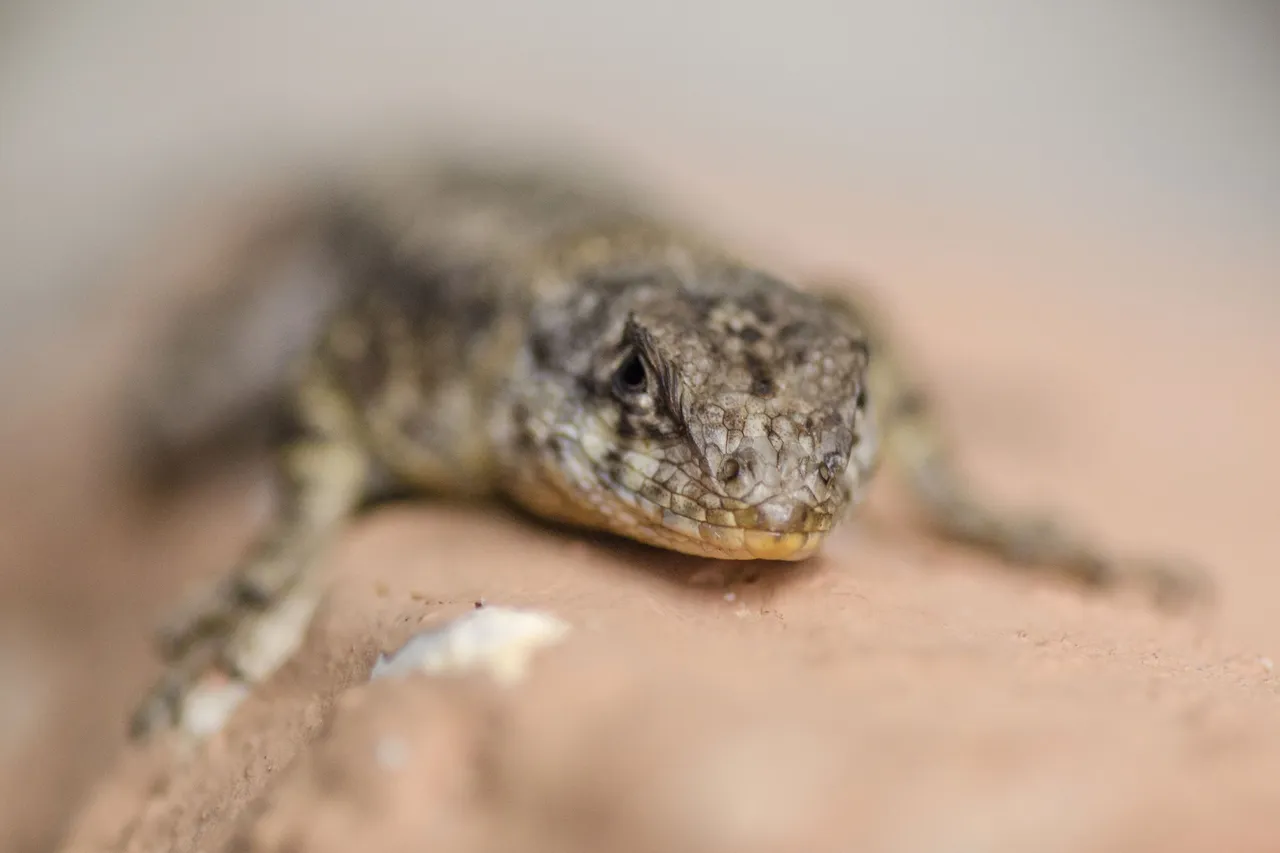
100 mm | 1/320s | f/4.5 | ISO 640
And so this is the story of how I ended up doing a photo shoot of a lizard on a Wednesday morning at 7 AM in my backyard!... And I had a lot of fun, I was doing this for about 45 minutes and what I thought would be a few elementary photos to show this species ended up turning into a romantic effort to achieve photos full of out-of-focus backgrounds and eloquent looks of this lizard as well as almost abstract details of its skin and limbs... I can never do things without taking them to that extreme! 😂
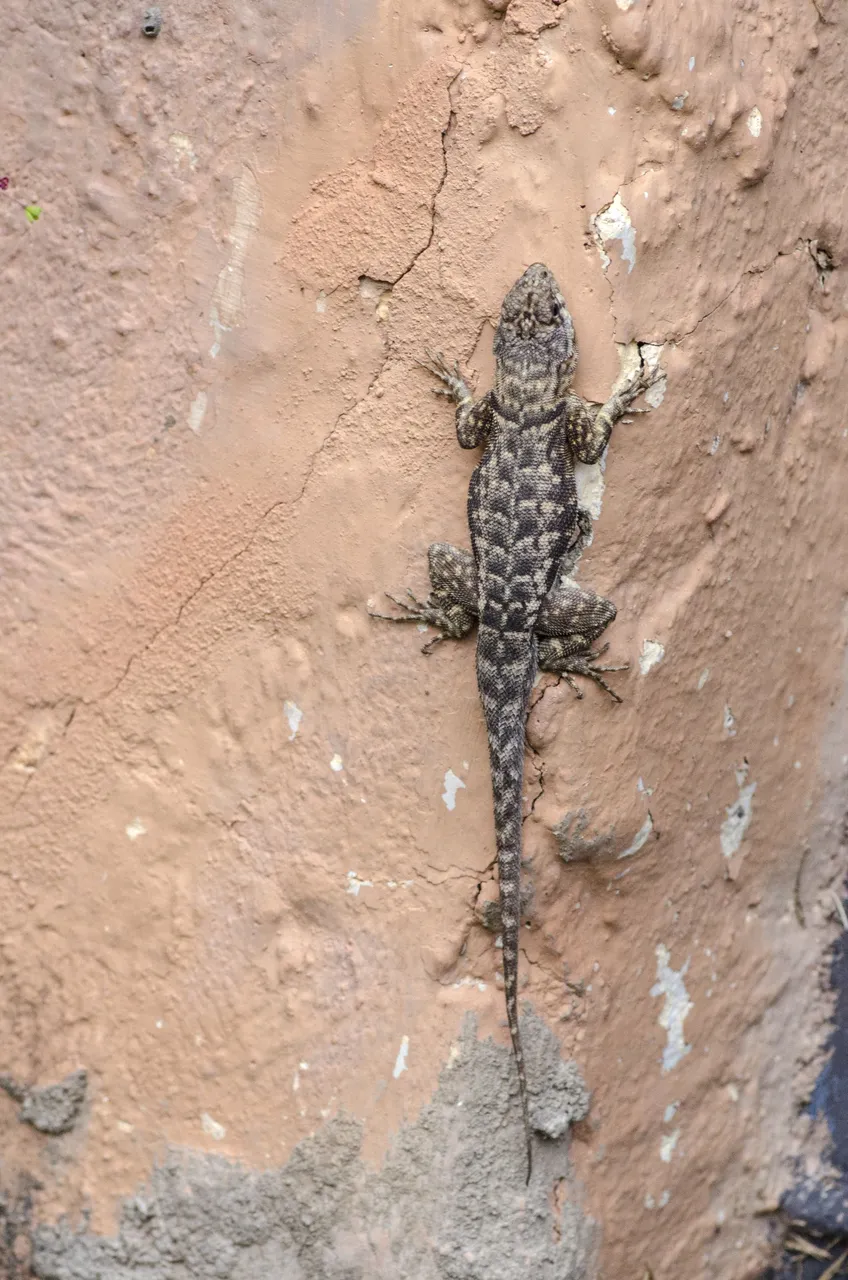
100 mm | 1/320s | f/7.1 | ISO 1000
Taking into account the limited availability of light (due to the time of day and the presence of some trees in my garden) I was forced to take these pictures in manual mode (M) and constantly play with the camera's parameters to keep the histogram slightly to the right and obtain pictures that allowed me some leeway in the subsequent post-processing of the RAWs. After all, this was an opportunity impossible to miss to take pictures of this species.

100 mm | 1/320s | f/7.1 | ISO 1000 | FLASH -1.3 EV
We have 7 cats at home (yes, we love cats in an absurd way) so the fact that this lizard was there, less than a meter high on a wall, had only to do with the fact that "the entire universe conspired for I could do session photos on this lizard"... So after finishing I carefully took it and placed it in a fairly tall tree which it quickly climbed until it was lost in the foliage... I hope that keeps it safe from our pack! 😂😻
Thank you very much for your visit and appreciation!
ADDITIONAL TECHNICAL NOTE: Photographs captured with my Nikon D7000 DSLR camera in RAW format, then processed in Adobe Camera RAW for adjustments regarding light, sharpening, contrast and depth... The pictures are then exported to JPG format on which minor modifications such as straightening and adding watermarks were carried out using PhotoScape 3.6.3. and/or Photoshop
"We make photographs to understand what our lives mean to ourselves." - Ralph Hattersley.

Lens: Tokina ATX-PRO 100mm f/2.8 d MACRO